|
HOME: www.hiltonpond.org |
|||
|
(Back to Preceding Week; on to Next Week) |
|
POLLINATORS APLENTY:
ENGLISH IVY'S MIXED BLESSINGS Several years ago, someone kindly gave us a woven basket of live plants that included a few sprigs of English Ivy, Hedrera helix--an eye-pleasing evergreen vine native to Europe and Western Asia. Because of our "Black Thumb Curse," most cultivated plants we touch die almost instantly, so as expected the flora in the basket soon withered, turned yellow, and eventually perished. We put the biodegradable basket of dead plants in the front yard at Hilton Pond Center just off the front porch of our old farmhouse and promptly forgot about it. Seasons came and went there in the shade of an old Camellia shrub and sometime along the way the English Ivy--which we now call the "Lazarus Plant"--rose from the dead and began creeping across the substrate (below), colonizing an ever-larger plot. Since then, and despite assaults by a rotary lawn mower and gas-powered weed trimmer, the ivy thrived and--we swear this is true--has learned how to laugh at us when we try to pull it up by its roots.
All text & photos © Hilton Pond Center Alas, we ought not have been surprised by the resiliency of this non-native plant because it actually occurs in several spots across our 11-acres, undoubtedly sprouting from old ivy sprigs put out more than three decades ago by previous property owners. In habitats except for the walls of certain high-priced Northeastern colleges, such imported English Ivy infestations are considered invasive because the vine can and does out compete native flora deemed more desirable. Regardless of its well-deserved negative reputation, English Ivy growing at the Center seems to fill a temporary midsummer role that other plants do not, as we discovered recently when suspicious buzzing filled our ears.
All text & photos © Hilton Pond Center From the farmhouse back deck we heard a constant thrum emanating from branches of an old Flowering Dogwood tree that casts shade on our office roof. This dogwood--probably 60 or more years old--is the support structure for a well-established tangle of English Ivy with more leaves than the tree itself. Many autumns ago it was this particular maze of vines that taught us English Ivy makes berries and therefore isn't limited merely to vegetative propagation. Such fruits obviously must be preceded by flowers and, sure enough, when we looked closely at the ivy this July there were hundreds of clusters of ivy blossoms--and they were being visited by dozens of flying, buzzing, nectar-feeding, pollen-gathering insects. We procured a ten-foot stepladder (above), placed it so its top was among the ivy blossoms, and ascended into a fascinating panorama we just had to capture with our Canon 100mm macro lens.
All text & photos © Hilton Pond Center The industrious menagerie before us included quite a few hymenopterans capable of stinging but they were all so intent on their work they totally ignored our presence. This pleased us greatly because this week we'd already received one painful sting on the temple from a Yellowjacket whose nest we had disturbed, and needless to say we didn't particularly want to repeat the experience. So there we were, poised atop a tall ladder with camera at the ready, our ears abuzz as we waited for pollinators to get close enough to photograph.
All text & photos © Hilton Pond Center We were delighted at the insect diversity and offer herein a selection of images we were able to capture over several days of observation. The insects weren't particularly active until about ten in the morning when sunshine hit the ivy cluster; it may be the direct light stimulated nectar production. We were actually happy the pollinators essentially quit working around midday when afternoon temperatures climbed into the high 90s with heat indices above 105 degrees. Maybe the weather was as overbearing for the insects as it was for us, or maybe the ivy ceases making nectar at that time of day. Since there were so many pollinators visiting the English Ivy blossoms we wondered if other plants might be in full bloom around Hilton Pond Center and spent several hours on different afternoons exploring the trails. Other than Trumpet Creeper and several Wild Petunias we found almost nothing else flowering, which led us to ponder what all those bees and wasps and flies and beetles and butterflies nectaring on ivy would be eating were it not for the abundant blossoms of this non-native vine. Perhaps English Ivy--a sometimes undesirable interloper from overseas--might actually play an important role when our local native plants aren't supporting local pollinators with food. If that's the case maybe folks should step back and view non-natives with less disdain until we understand better what roles they now play in their adopted habitats. There's no doubt some fast-growing foreign invasives do crowd out native flora, but it may be that some of them have redeeming ecological value around Hilton Pond and elsewhere. Although such a statement might not sit well with native plant absolutists, we humbly suggest a few kinds of aliens--English Ivy included--may offer mixed blessings by providing temporary support for our all-important and otherwise-hungry insect pollinators.
All text & photos © Hilton Pond Center No matter your position on non-native plants--and even if you're a member of the "Anti-Ivy League"--we hope you enjoy the following portfolio of nectar-eaters and pollen-gatherers. (Several insects we didn't identify to species so we'd welcome your definitive IDs at INFO.) Despite not being able to name each one we're still fascinated by the diversity of tiny flying creatures visiting our English Ivy flowers. To give a sense of scale, remember the round, pointed center of each ivy blossom is less than 1/8" across--about half the width of the head of a big ol' Large Carpenter Bee (above). All text, charts & photos © Hilton Pond Center POLLINATOR PORTFOLIO
All text & photos © Hilton Pond Center Observers frequently confuse nearly ubiquitous carpenter bees with any of the increasingly less common species of bumblebees. One noticeable difference is that a Large Carpenter Bee, Xylocopa sp. (above), has a naked abdomen while in bumblebees the abdomen is completely fuzzy. Most bumblebees also lack the bald shiny spot on the thorax.
All text & photos © Hilton Pond Center One European Honeybee, Apis mellifera, we photographed (above) apparently made numerous flower visits during her workday, as indicated by a big load of yellow-orange pollen in her left corbiculum. This "pollen basket" is a smooth hind-leg depression surrounded by hairs into which the bee stuffs pollen grains for her trip back to the hive. Studies have shown that some individual honeybees are much better at pollen-stuffing than others.
All text & photos © Hilton Pond Center European Honeybees aren't the only insects adapted for gathering and transporting pollen. The much-smaller solitary bee above--remember, the ivy flower centers are only 1/8" across!--also had a substantial amount of the yellow stuff on her hind legs.
All text & photos © Hilton Pond Center Native solitary bees come in all sizes and colors. The one above was barely a quarter-inch long and had body of rich iridescent green. Metallic bees like this one are in the Sweat Bee Family (Halictidae).
All text & photos © Hilton Pond Center This solitary halictid bee wasn't metallic but did have a banded abdomen reminiscent of some stinging bees and wasps. Note the ragged edge of the right hindwing of this individual--a sure sign it has been working hard collecting nectar and/or pollen and is nearing the end of its life span.
All text & photos © Hilton Pond Center The unidentified insect above looks a little like a bee and a little like a wasp. However, because of the lack of body fuzz and the rather narrow junction between thorax and abdomen, we're confident it's actually a wasp, probably a species of Vespula. Many wasps feed on nectar but some are actually parasitic or predatory on other insects.
All text & photos © Hilton Pond Center There wasn't any question the narrow-waisted insect above with four blue-black wings and a shiny black-and-white body was some sort of wasp. We're guessing it's in the Potter & Mason Wasp subfamily (Eumeninae). Although some folks are deathly afraid of anything that resembles a wasp, we can't help but marvel at the structure and color of this interesting insect.
All text & photos © Hilton Pond Center This red wasp appeared to be nectaring but it also may have been multi-tasking and hunting for spiders. As with bees, only female wasps can sting, so she spends considerable time collecting spiders that she stings enough to cause paralysis. The wasp lays an egg in the prey item's body and tucks everything away in some sort of protective nest where the larvae hatches to a sumptuous feast.
All text & photos © Hilton Pond Center The head-on view of the wasp above shows an interesting attribute of hymenopterans and some other insect orders: In addition to a big compound eye on either side of its head, the wasp has a triangle of three simple eyes known as "ocelli." These are light-sensitive but likely do not see images.
All text & photos © Hilton Pond Center Of various insects visiting our ivy blossoms, the only wingless ones were little brownish-black ants (Formicidae). Being so small they easily fit between and beneath each flower's yellow stamens, so we doubt these ants did much pollinating. (Dr. James Trager of Shaw Nature Rerve in Missouri tells us this arboreal insect is Crematogaster ashmeadi, AKA the Acrobat Ant.)
All text & photos © Hilton Pond Center There was no doubt this Silver-spotted Skipper, Epargyreus clarus, was drinking nectar. Its long black feeding proboscis was unrolled and inserted at the base of flower petals where the ivy's sweet juice is produced.
All text & photos © Hilton Pond Center A wide variety of beetles (Coleoptera) visit flowers--from diminutive one-sixteenth-inch weevils to bigger half-inch ones like that above. This ornate insect in the Flower Beetle subfamily (Cetoniidae) is commonly called Delta Flower Scarab and has a scientific name almost as long as its hind legs: Trigonopeltastes delta.
All text & photos © Hilton Pond Center We weren't surprised to see another scarab--the Japanese Beetle, Popillia japonica, in the ivy flowers, if only because these foreign invaders from Asia seem to be everywhere in the U.S. We're not certain whether the individual above was eating nectar or the flowers themselves (or both)--or if its big and rather clumsy body carried out any pollination on behalf of the English Ivy.
All text & photos © Hilton Pond Center All sorts of animals like sweet things, so we also might expect to see various kinds of flies (Diptera) like the one above drinking nectar from ivy flowers. This unidentified species is reminiscent of the Common Housefly but probably isn't.
All text & photos © Hilton Pond Center Some flies are so connected to nectaring they're called Flower Flies, AKA Hoverflies (Syrphidae). The miniscule one above--Toxomerus marginatus--nicely shows a diagnostic feature of true flies: Unlike four-winged bees and wasps, flies have only two flying wings and two that are reduced to form tiny paddle-like halteres; the latter help a fast-moving insect maintain its balance while flying.
All text & photos © Hilton Pond Center Some flies are also bee and wasp mimics, as shown by the color pattern of the black-and-orange one above, a Transverse Flower Fly, Eristalis transversa. Such mimicry may help deter potential predators from messing with the fly. Note the large foot-like mouthparts (labium & labellum) the fly uses to lap up nectar from English Ivy flowers at Hilton Pond Center. (Thanks to Beatriz Moisset for identifying the two Flower Flies.) |
 The Piedmont Naturalist, Volume 1 (1986)--long out-of-print--has been re-published by author Bill Hilton Jr. as an e-Book downloadable to read on your iPad, iPhone, Nook, Kindle, or desktop computer. Click on the image at left for information about ordering. All proceeds benefit education, research, and conservation work of Hilton Pond Center for Piedmont Natural History. The Piedmont Naturalist, Volume 1 (1986)--long out-of-print--has been re-published by author Bill Hilton Jr. as an e-Book downloadable to read on your iPad, iPhone, Nook, Kindle, or desktop computer. Click on the image at left for information about ordering. All proceeds benefit education, research, and conservation work of Hilton Pond Center for Piedmont Natural History. |
|
|
"This Week at Hilton Pond" is written and photographed by Bill Hilton Jr., executive director of Hilton Pond Center for Piedmont Natural History
|
|
|
If you Twitter, please refer
"This Week at Hilton Pond" to followers by clicking on this button: Tweet Follow us on Twitter: @hiltonpond |
Comments or questions about this week's installment? Send an E-mail to INFO. (Be sure to scroll down for a tally of birds banded/recaptured during the period, plus other nature notes.) |
|
--SEARCH OUR SITE-- For a free on-line subscription to "This Week at Hilton Pond," send us an |
|
Thanks to the following fine folks for recent gifts in support of Hilton Pond Center for Piedmont Natural History and/or Operation RubyThroat: The Hummingbird Project. Your tax-deductible contributions allow us to continue writing, photographing, and sharing "This Week at Hilton Pond." Please see Support if you'd like to make a gift of your own.
|
|
Make credit card donations
on-line via Network for Good: |
|
|
Use your PayPal account
to make direct donations: |
|
|
If you like shopping on-line please become a member of iGive, through which 800+ on-line stores from Amazon to Lands' End and even iTunes donate a percentage of your purchase price to support Hilton Pond Center .
 Every new member who registers with iGive and makes a purchase earns an ADDITIONAL $5 for the Center. You can even do Web searches through iGive and earn a penny per search--sometimes TWO--for the cause! Please enroll by going to the iGive Web site. It's a painless, important way for YOU to support our on-going work in conservation, education, and research. Add the iGive Toolbar to your browser and register Operation RubyThroat as your preferred charity to make it even easier to help Hilton Pond Center when you shop. Every new member who registers with iGive and makes a purchase earns an ADDITIONAL $5 for the Center. You can even do Web searches through iGive and earn a penny per search--sometimes TWO--for the cause! Please enroll by going to the iGive Web site. It's a painless, important way for YOU to support our on-going work in conservation, education, and research. Add the iGive Toolbar to your browser and register Operation RubyThroat as your preferred charity to make it even easier to help Hilton Pond Center when you shop. |
|
|
SPECIES BANDED THIS WEEK: * = New species for 2011 WEEKLY BANDING TOTAL 12 species 73 individuals 2011 BANDING TOTAL 28 species 1,631 individuals 18 Ruby-throated Hummingbirds 30-YEAR BANDING GRAND TOTAL (since 28 June 1982, during which time 170 species have been observed on or over the property) 125 species (30-yr avg = 67.0) 56,508 individuals (30-yr avg = 1,884) NOTABLE RECAPTURES THIS WEEK (with original banding date, sex, and current age): Ruby-throated Hummingbird (3) 07/21/10--after 2nd year male 08/01/10--after 2nd year female 09/02/10--2nd year female House Finch (1) |
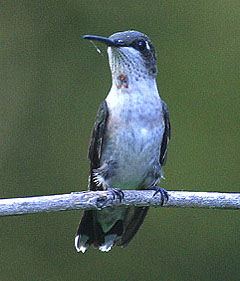
All text & photos © Hilton Pond Center OTHER NATURE NOTES: |


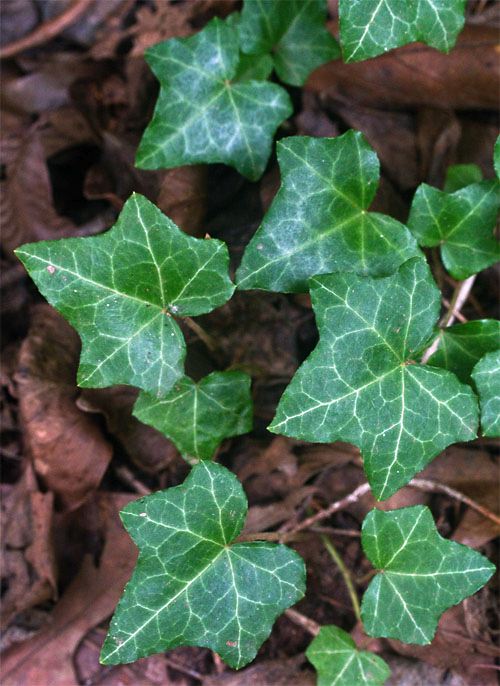
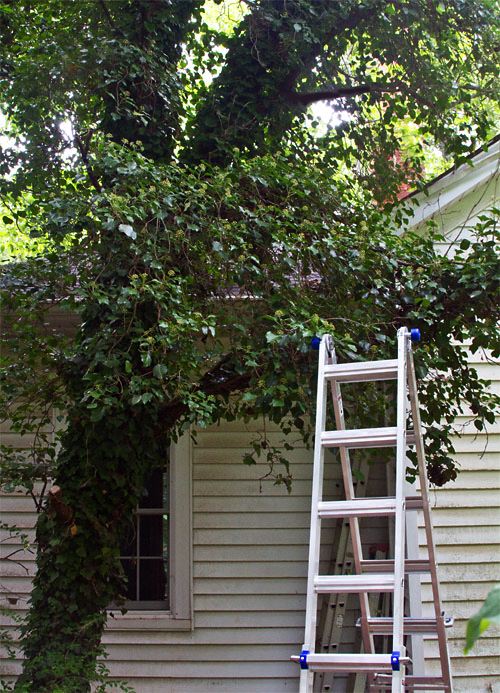
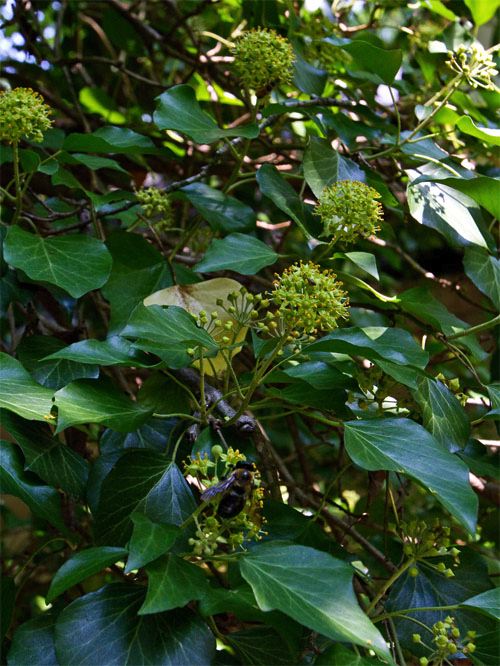
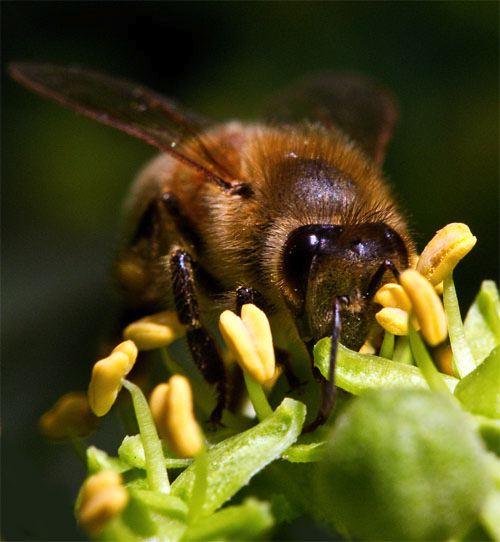
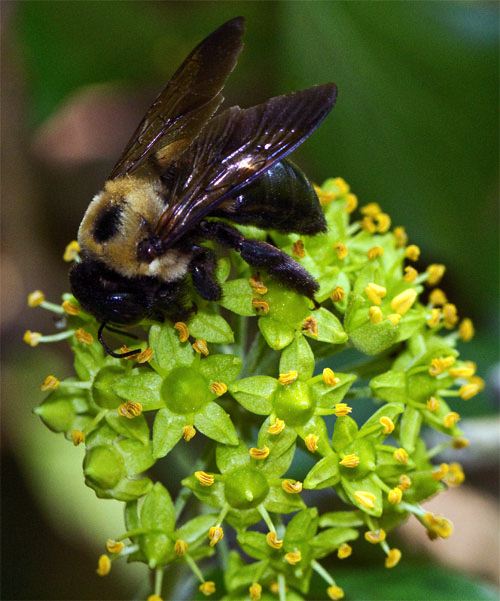

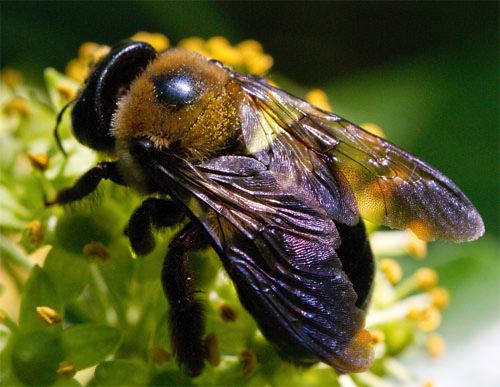
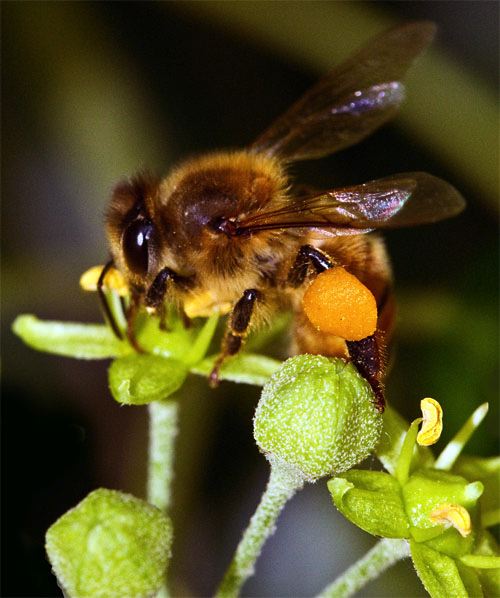
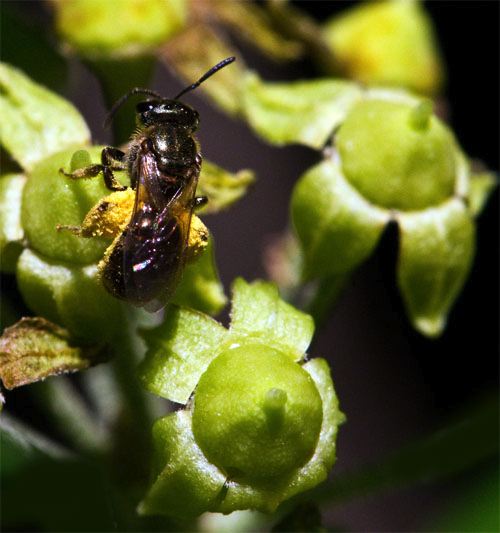
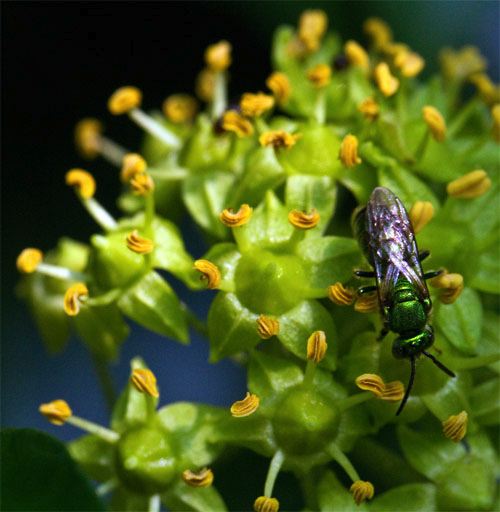
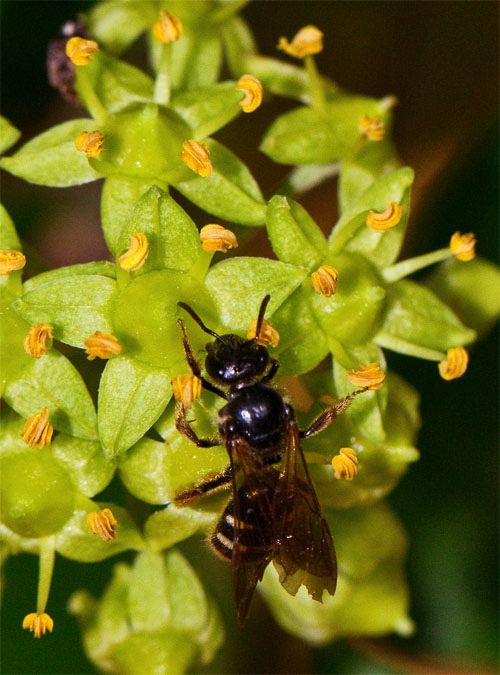
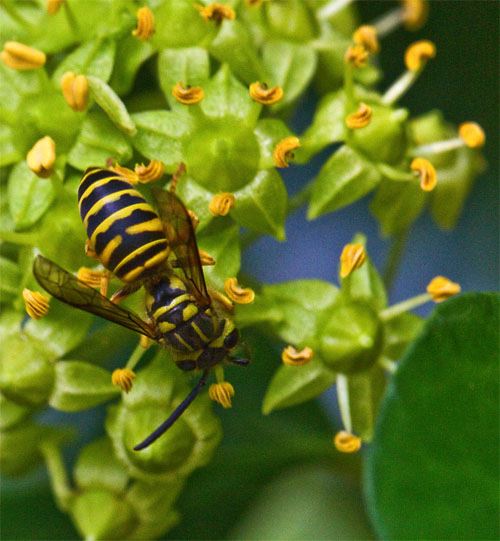
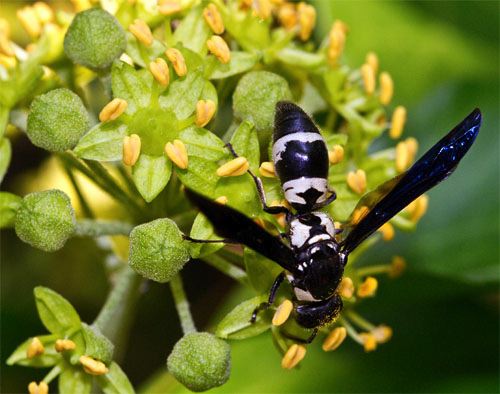
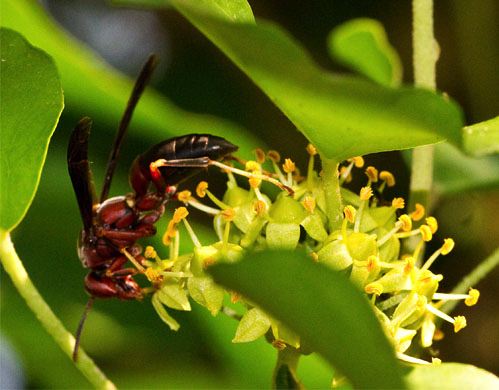
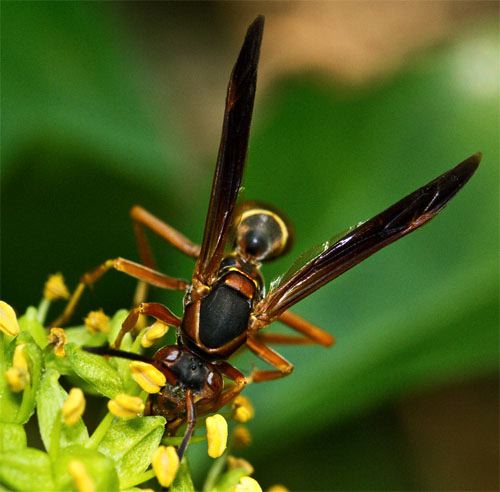
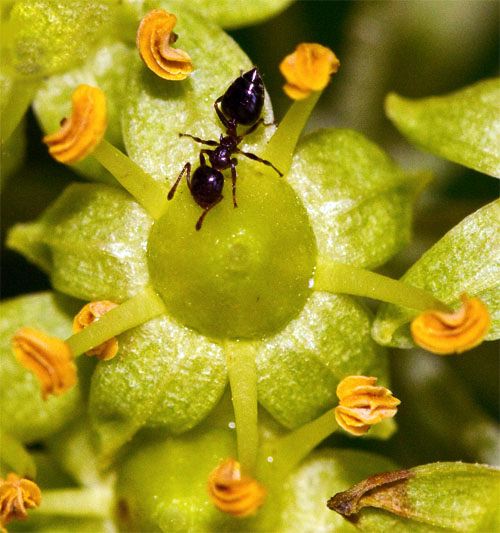
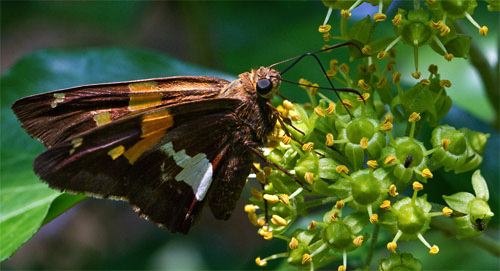
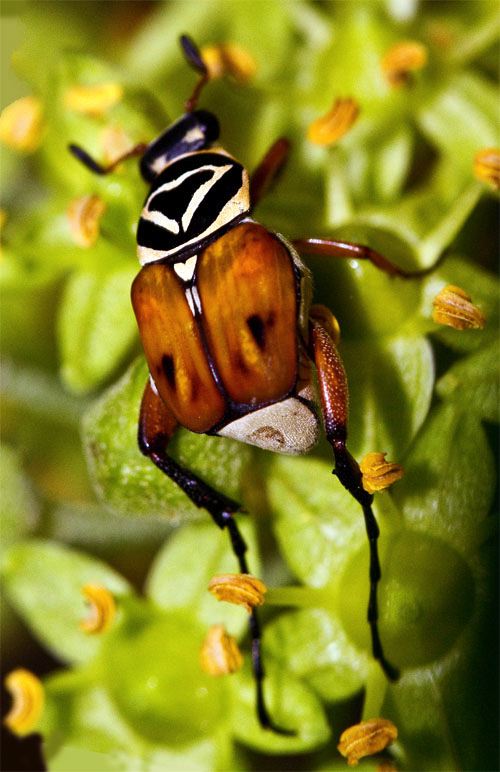
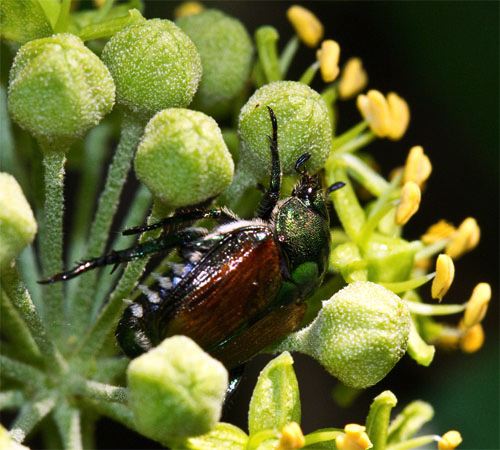
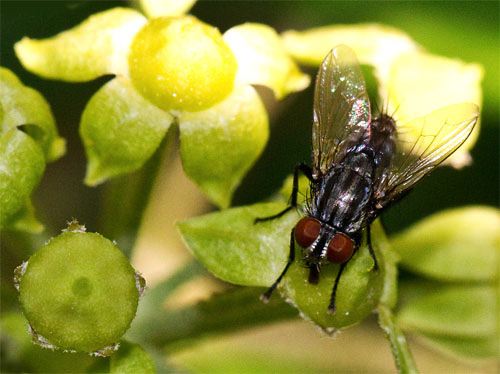
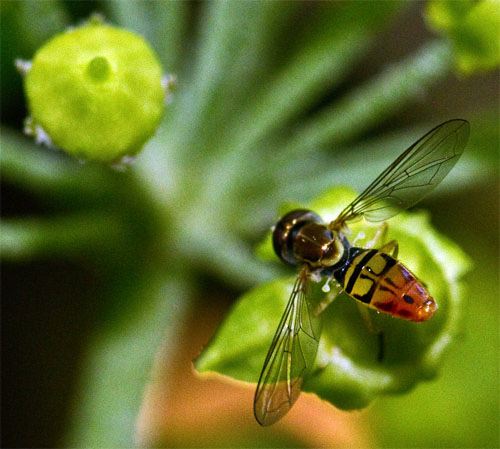
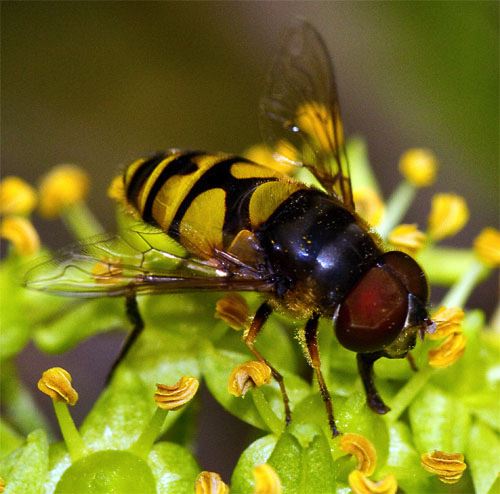
 Please report your
Please report your